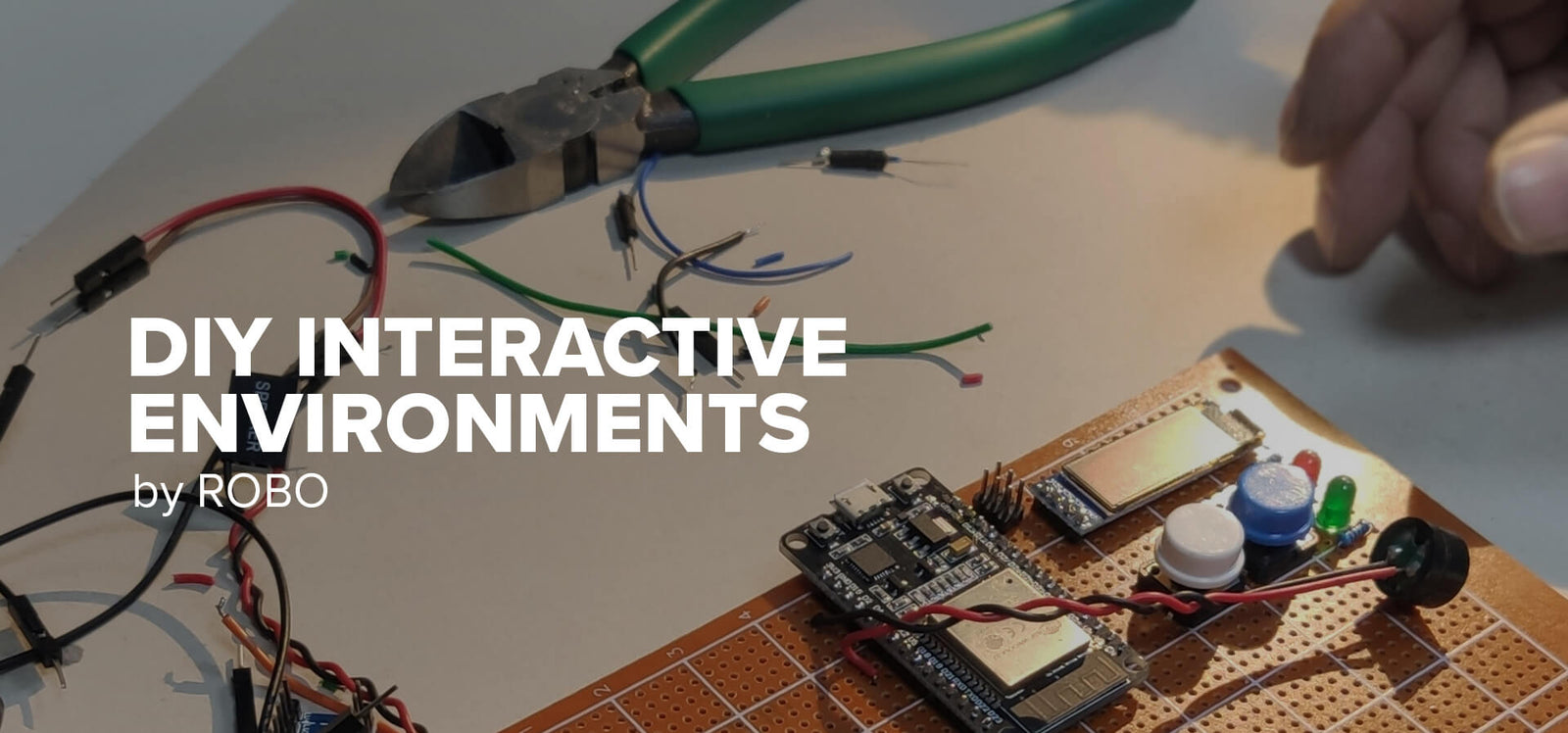This project was designed as a part of the introductory 2 day Interactive Environments Workshop (OCT21) funded by CYENS - Thinker Maker Space.

LAB AUTOMATIONS
The scene is set in a lab, where several automations re needed in orders to ease the work of the people and make the work environment safer!
PARTS LIST:
- The brain - Arduino UNO
- Light intensity sensor - Photoresistor
- RFID Reader and RFID Tags
- Fire Sensor
- Butane Sensor
- Wires - Dupont Wires Kit
- Servo ( for a rotating table )
PART 1 - GAS LEAK
The lab uses compressed butane gas in order to light up a fire and keep the chemical compounds destroy-chamber warm. It is mandatory for the safety of the work environment, that no butane gas leak will happen!

Arduino commands used:
- pinMode(#PIN, OUTPUT/INPUT)
- digitalRead(#PIN)
- digitalWrite(#PIN)
- tone(#PIN,HZ)
- noTone(#PIN)
Example sketch:
void setup() {
pinMode(2,OUTPUT);
}
void loop() {
Serial.println(digitalRead(2));
}
Challenge #1:
Write a sketch to sense when there is a gas leak in the lab and sound an alarm in combination with a blinking red LED to warn the personnel!
PART 2 - HEATER STATUS
The chamber has to be warm continuously in order to achieve the high temperatures required to be able to destroy some chemical compounds in the lab. To monitor the uptime of the flame, that is used to warm the chamber, a fire sensor is being used.

Arduino commands used:
- pinMode(#PIN, OUTPUT/INPUT)
- digitalRead(#PIN)
- digitalWrite(#PIN)
- tone(#PIN,HZ)
- noTone(#PIN)
Example sketch:
void setup() {
pinMode(3,OUTPUT);
}
void loop() {
Serial.println(digitalRead(3));
}
Challenge #2:
Write a sketch to sense when the fire chamber malfunctions and does not work properly, so that you can issue a warning light and sound for the tech personnel to check up and fix the chamber immediately.
PART 3 - COMPOUND DETECTION
The lab uses several chemical compounds that are stored in small, secure cubes. In order to distinguish which compound is stored inside, an rfid tag is placed outside the cube.

Arduino commands used:
- pinMode(#PIN, OUTPUT/INPUT)
- digitalWrite(#PIN)
- tone(#PIN,HZ)
- noTone(#PIN)
Example sketch:
#include <SPI.h>
#include <RFID.h>
RFID rfid(10, 9);
String rfidCard;
void setup() {
SPI.begin();
rfid.init();
}
void loop() {
if (rfid.isCard()) {
if (rfid.readCardSerial()) {
rfidCard = String(rfid.serNum[0]) + " " + String(rfid.serNum[1]) + " " + String(rfid.serNum[2]) + " " + String(rfid.serNum[3]);
Serial.println(rfidCard);
if (rfidCard == "136 4 189 85"){
Serial.println("Plutonium");
}
}
rfid.halt();
}
}
Challenge #3:
Write a sketch to scan the rfid tags of the compounds and output its name in the serial monitor. Use the RGB LED to indicate the category of the compound, and make a different tune using the buzzer for each category.
Category 1:
- Plutonium
- Uranium
Category 2:
- TNT
- Nitroglycerine
Category 3:
- Mercury
- Hydrocyanic

Structural Funds- make space
The project “Nicosia entrepreneurship and innovation Hub” that includes the operation of the Thinker Maker Space of the CYENS Centre of Excellence, is co-financed by the European Regional Development Fund (ERDF) of the EU in the framework of the Operational Programme “Competitiveness and Sustainable Development 2014-2020”, Priority Axis6: “Integrated Sustainable Urban Development for the Programming Period 2014-2020, from the Republic of Cyprus and Nicosia Municipality.
European Union – Horizon 2020
CYENS CoE was established through the RISE project that has received funding from the European Union’s Horizon 2020 Research and Innovation Programme under Grant Agreement No 739578 and the Government of the Republic of Cyprus through the Deputy Ministry of Research, Innovation and Digital Policy.

